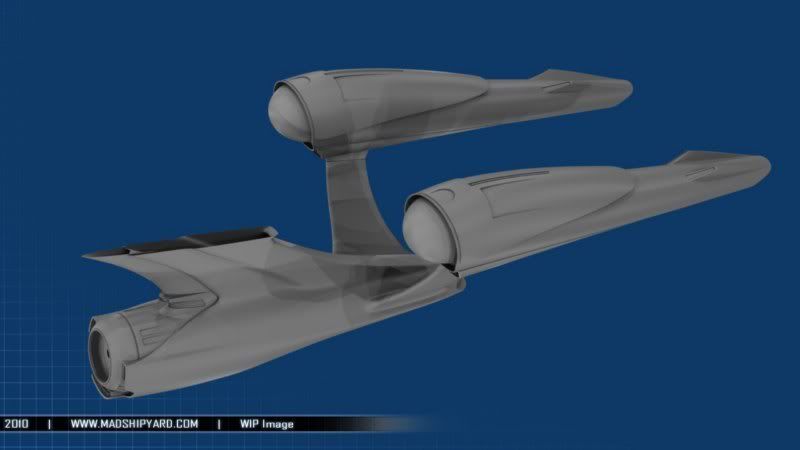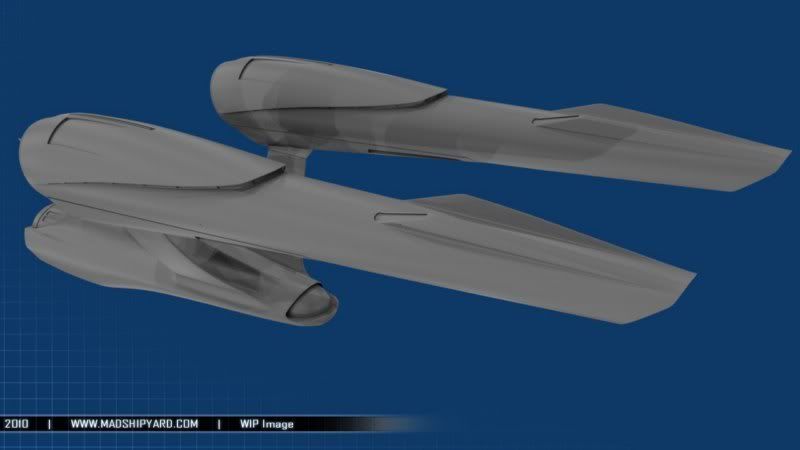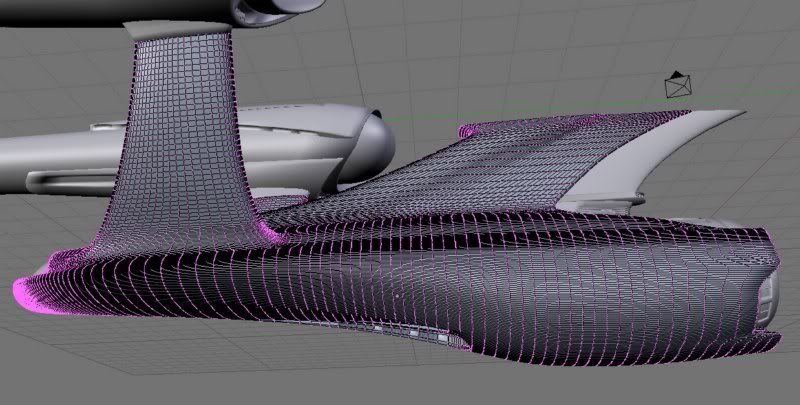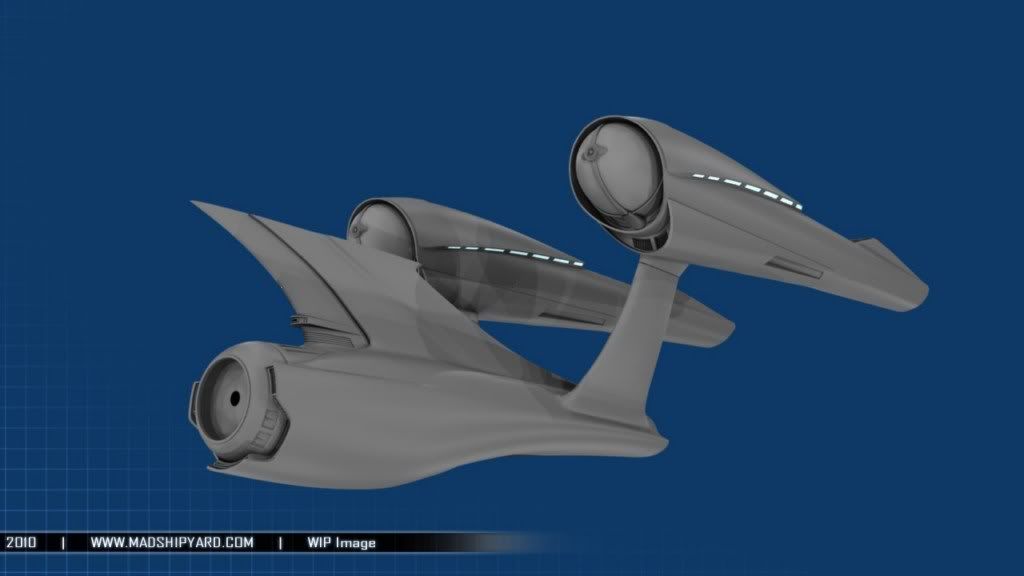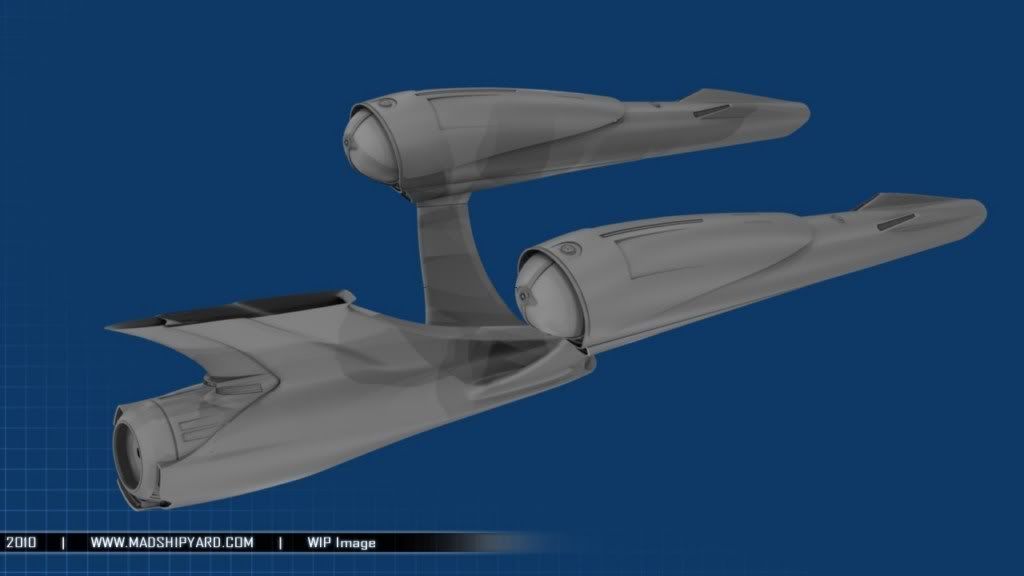Hey, everybody!
I know I said, back in the version 5 thread, that I wasn't going to do this. But, I've been working on a project lately, where I've learned a lot... mainly about subsurf modifiers, which I had no idea existed. It's helped out my chunky modeling, alot.
But, I've been working on a project lately, where I've learned a lot... mainly about subsurf modifiers, which I had no idea existed. It's helped out my chunky modeling, alot. 
For some of you that have downloaded and looked at the previous model, you'll be happy to know, that I'm trying to get away from using booleans all the time. So far, I haven't used a single one.
So far, I haven't used a single one.
Anyway, here's pictures...
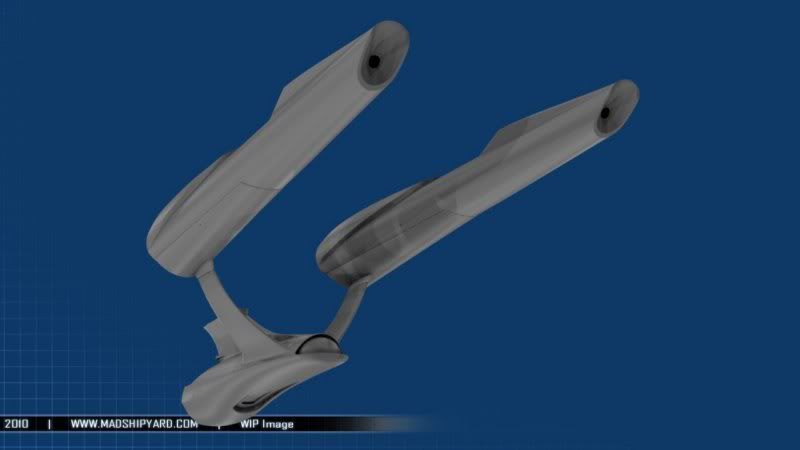

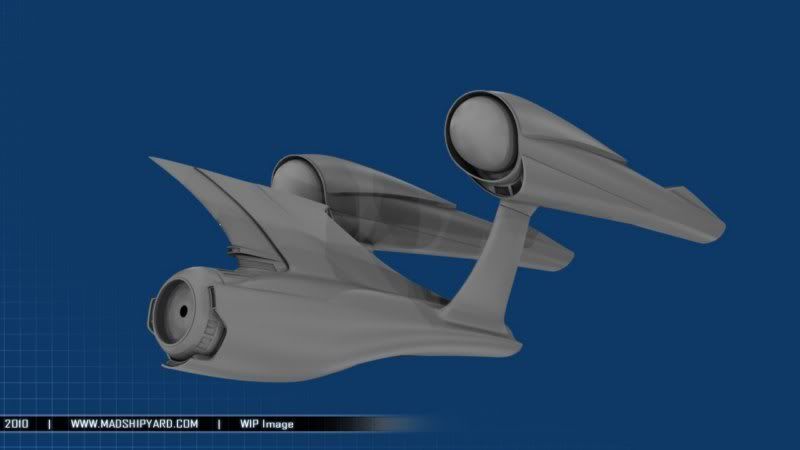
This is really meant to be an update to my version of this ship... it's probably not going to be 100% screen accurate, since I am keeping some of the changes I make with the previous couple of versions, mainly like the thinner neck in the front.
What do ya'll think?
More later...
I know I said, back in the version 5 thread, that I wasn't going to do this.
 But, I've been working on a project lately, where I've learned a lot... mainly about subsurf modifiers, which I had no idea existed. It's helped out my chunky modeling, alot.
But, I've been working on a project lately, where I've learned a lot... mainly about subsurf modifiers, which I had no idea existed. It's helped out my chunky modeling, alot. 
For some of you that have downloaded and looked at the previous model, you'll be happy to know, that I'm trying to get away from using booleans all the time.
 So far, I haven't used a single one.
So far, I haven't used a single one.Anyway, here's pictures...



This is really meant to be an update to my version of this ship... it's probably not going to be 100% screen accurate, since I am keeping some of the changes I make with the previous couple of versions, mainly like the thinner neck in the front.
What do ya'll think?
More later...


